|
If you had been in Laughlin Park in Waynesville, Missouri the afternoon of December 9, 1837, you would have seen more than 350 Cherokee setting up camp in the fields along Roubidoux Creek. Read the Trail of Tears stories about removal along the northern route.

Discover a Hidden History 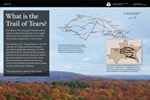
What is the Trail of Tears? 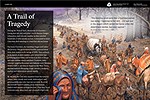
Rev. Daniel S. Butrick diary, March 11, 1839
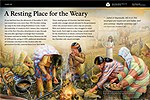
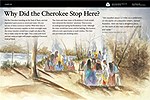
Rev Daniel S. Butrick's diary, March 12, 1839
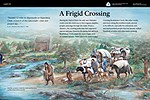
A Frigid Crossing 
A Road Through History |
Last updated: April 23, 2025
